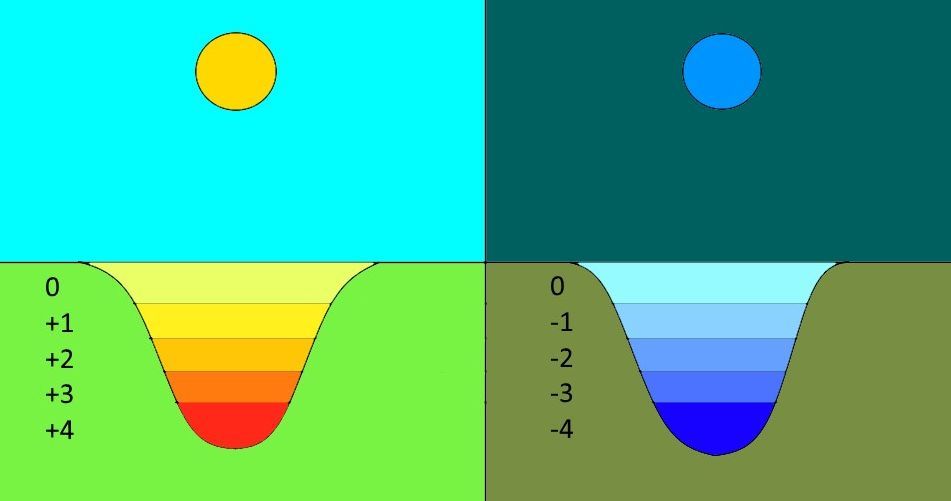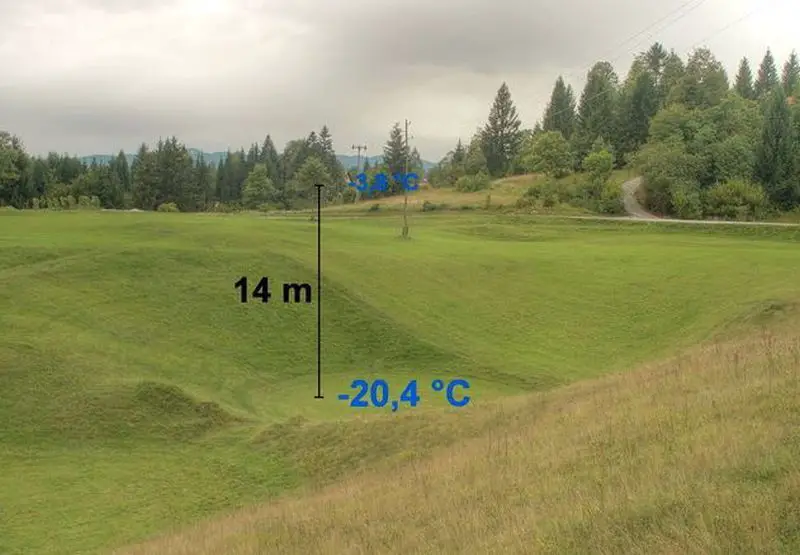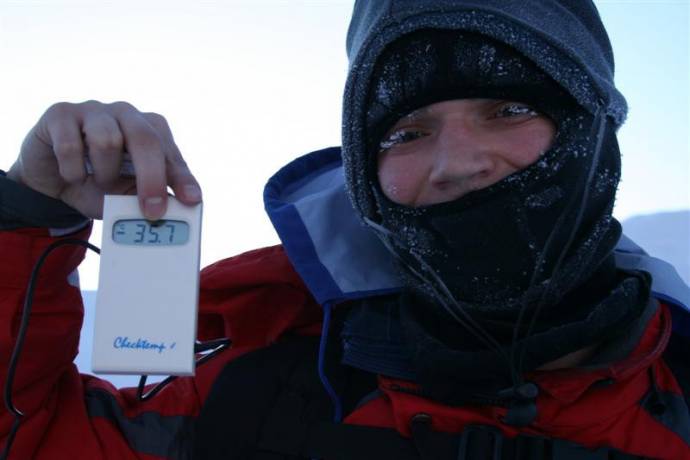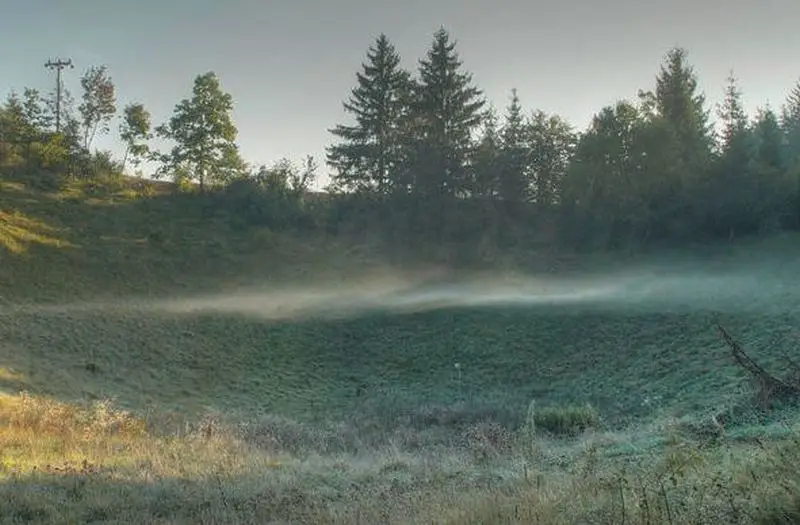March 2, 2018
Stratospheric polar air finally reached us last week with temperatures hitting bottom on Wednesday and Thursday nights. On Wednesday morning the lowest temperature, -28.4°C, was measured in Nova vas on the traditionally cold Bloke plateau, also known as the cradle of skiing, with many other locations such as Jezersko (-26.3), Babno polje (-24.7), Logatec (-22) and Celje (-21.6) not far behind.
The bad weather was announced and therefore expected, so people tucked in and stayed warm, with some even cancelling their planned skiing vacations. Unfortunately, for them and for the ski resort operators, ski runs stayed relatively empty on the year’s best days for skiing, with the temperatures actually higher than lower down the mountains. “It’s a lovely sunny day and people are staying at home because they are afraid of cold, even if it was only minus four in daytime here today”, stated Klavdija Gomboc from RTC Žičnice Kranjska Gora for STA on Wednesday.
The expectation of colder weather at higher altitudes is understandable, given that we normally expect temperatures to decrease as we rise further from sea level. This is because of the energy exchange that takes place at the Earth’s surface, where high frequencies of electromagnetic radiation emitted from the Sun are being absorbed, while the low frequency radiation of the Earth is then picked up by the air that touches the ground. This air – warm, expanded and thus lighter –then rises up while cold heavy air takes its place, following a pattern which results in decreasing temperatures at higher altitudes.
The low temperatures listed above were not the lowest measured in Slovenia these last few days. Instead, the lowest temperature was measured in Mrzla Komna, in Bohinj, at - 38°, in a place that at 1592 meters of elevation also holds the record for the lowest temperature in Slovenia, at -49.1°, measured on January 9, 2009.
Although the example of Mrzla Komna might suggest that higher altitudes are the coldest, and that the most frigid spots in Slovenia are in fact located in the Julian Alps, we don’t necessarily need to climb very high in our search for low temperature extremes, as under a certain combination of geographic and meteorological circumstances our usual expectations of the temperature distribution can be turned upside down. On still cold nights very cold spots, known as frost pockets (mrazišča), can be found in topographic depressions, where the cold heavy air gets trapped in pools, pockets or hollows, and in absence of wind cannot escape the bottom. This phenomenon is called the temperature inversion, as it marks a reversal of normal behaviour.

For example, in Notranjska (Inner Carniola) mrazišča (frost pockets, also frost hollows) are formed in specific karst phenomena called vrtača, a tiny topographic depression formed by the dissolution of the limestone ground rock foundation, found in the green karst area at relatively low elevations. Perhaps those closest to Ljubljana are the frost pockets of Zaplana, a settlement found between Logatec and Vrhnika, once home to the late president Slovenian Janez Drnovšek.
A frost pocket in Dolinca with the mist in Zaplana, Photo: Martin Gustinčič
Frost pockets get the coldest under certain meteorological conditions: on clear nights when wind is absent, cold and dry air mass is present, and thick snow cover stops the stored warmth rising from the ground. The lowest temperature yet measured at the frost pocket in Dolinca (545 m altitude) is -31.5° (measured on December 20, 2009), while the lowest in the nearby frost pocket of Dvojček (553 m altitude) was even a bit lower, down at -32.1.
The phenomenon, however is quite isolated in terms of the area it covers. Anyone who would like to experience polar conditions and icicles forming on their nose thus has to pay close attention to where they stand, as moving only a few metres up or even to a different place with the same elevation would result in a sharp rise of temperature. The largest temperature difference measured between the Dolinca frost pocket and the meteorological station sited just 21 metres higher has so far been 15.5°, with a 16.5° difference recorded between the meteorological station and the thermometer placed in Dvojček.

Frost pocket Dvojček on a summer day with marked altitudes of temperature measurements (-3.8 degrees at the top and -20.4 degrees Celsius at the bottom), Photo: Martin Gustinčič
In short, the coldest places in Slovenia are not always found at the top of a mountain, but sometimes in a hollow in the ground.







